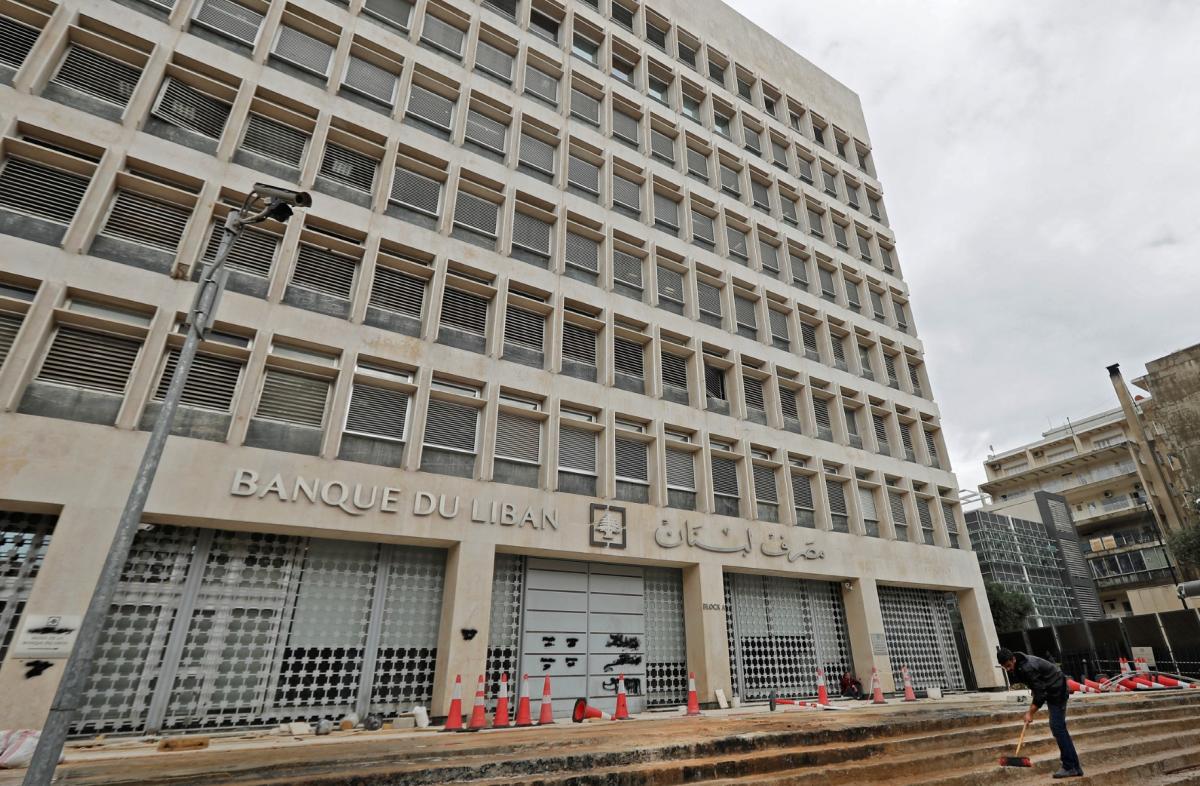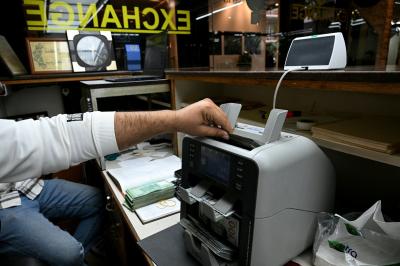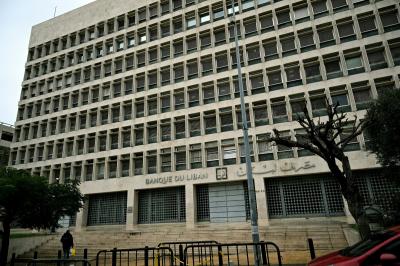The Central Bank Governor’s endorsement of forcing borrowers, who had repaid their debts in Lebanese pounds at the official or "lollar" exchange rates, to pay back the difference based on the real market rate fell like a hammer blow. But in truth, this controversial proposal amounts to little more than a sword strike into water: ineffective, unfeasible, legally dubious, ethically unjust, and practically misleading.
The Anatomy of Discounted Loan Repayments
Foreign currency loans that were repaid at values far below their actual worth fall into two main categories:
- Retail Loans: These were settled under Central Bank Circular 568 (2020), which allowed borrowers to repay at the official BDL-mandated rate of 1,507.5 LBP to the dollar. This applied only to resident clients without foreign currency accounts in the concerned bank, and whose housing loans did not exceed $800,000, or other personal loans $100,000.
- Commercial Loans: These did not fall under the scope of Circular 568. They were settled either using the borrowers’ own foreign currency deposits trapped in the banks, or through real estate transactions conducted via “lollar” checks.
In both cases, legal experts stress that borrowers should not be retroactively held accountable for exchange rate discrepancies. The first case was explicitly permitted by Lebanon’s financial regulator, while the second involved no financial gain to the borrower.
Taking advantage of the Banking Collapse
A third, more controversial case is emerging: some well-connected borrowers exploited the situation by purchasing bank checks at massive discounts—often paying just 20–40% of their face value—and using them to repay full-value loans. In one example, a borrower paid $100,000 for a check worth $1 million and used it to repay a $1 million loan, effectively profiting by $900,000.
“In these cases, a tax is absolutely due,” argues Karim Daher, a lecturer in tax and public finance law. “But not a full repayment of the exchange rate difference. The process is too complex, and enforcing it would turn into an endless loop of impractical slogans rather than actionable solutions.”
Moreover, such a precedent could trigger a backlash: depositors might begin demanding that banks compensate them for the massive losses they suffered when withdrawing funds at deeply undervalued exchange rates—from the official 1,500 LBP rate to 15,000 LBP under Circular 165—despite the real rate reaching nearly 140,000 LBP.
A Legislative Solution: Tax the advantage takers
In response, a legal working group—led by former Deputy Prime Minister Saadeh Al Shami and attorney Karim Daher—drafted a bill to tax the profits made by those who exploited the financial system to settle loans below market value. The draft was reviewed and approved by the Ministry of Finance and sent to Parliament last year.
According to current law, any profit not subject to a specific tax is automatically covered under Article I of the income tax law. That means rates between 4% and 25% for individuals and a flat 17% for corporations. This tax is not obsolete, and can still be collected retroactively: five years for declared income and up to seven for undeclared income. With extensions due to crisis-related deadline suspensions, the state may claim these taxes until 2029.
Targeted Taxation with a Purpose
The proposed tax comes with two key conditions:
- It excludes individual housing and personal loans valued at under $100,000 at the time they were issued.
- All revenue collected will be earmarked for a special Deposit Recovery Fund (DRF) intended solely to compensate depositors.
While Lebanese law traditionally prohibits the allocation of tax revenue to specific funds, Daher suggests a legislative workaround is possible in this case, since the money was taken directly from depositors' accounts.
Justice, Not Punishment
Taxing those who gained from the banking crisis isn’t about retribution—it’s about restoring a small measure of fairness to those who lost everything. Its importance goes beyond equity: “This law could be the engine driving forward other long-stalled bills,” says Daher, “including taxes on profits from the Sayrafa platform and on subsidized goods—also to be directed toward depositor compensation.”
The impact could be substantial. At an average tax rate of 17%, the proposal could recoup at least $7 billion for depositors, based on $40 billion in potential taxable profits: $30 billion from loan settlements, $7 billion in subsidy abuses, and $2.5 billion from Sayrafa operations.
Such a measure would allow the government to significantly increase monthly withdrawal limits under Circulars 158 and 166, and finally offer depositors something more than broken promises.
Please post your comments on:
[email protected]
 Politics
Politics













